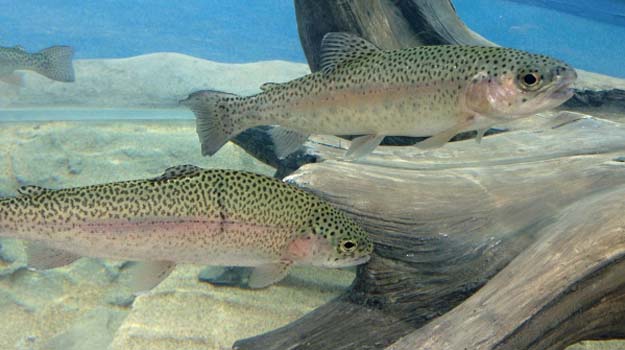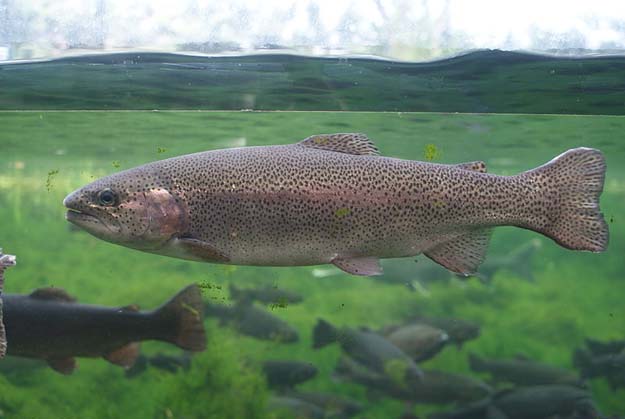The Antiquities Act
[dropcap]A[/dropcap] seemingly innocuous little law passed in 1906 has become highly controversial in recent years. The Antiquities Act, signed into law by President Theodore Roosevelt, was a response to an escalating problem of looting of archeological and geologic resources and empowers the president to designate to significant historic, cultural, and scientific features as national monuments.
The Antiquities Act has been employed by almost every president since Roosevelt to protect historic sites and distinctive landscapes, among them iconic public lands such as Grand Canyon and Grand Teton which subsequently have been promoted by Congress into full-blown national parks. Responsible use of the Antiquities Act remains one of our nation’s most important conservation tools.
Now, the Trump administration has ordered a “review” of larger national monuments designated since 1996, to determine whether any of these should be downsized or have their designation rescinded. Moreover, some in Congress and the administration are now pushing to revise or even get rid of the Antiquities Act.
What does the Antiquities Act have to do with steelhead?

Finding trout in SoCal. Steelhead on display at the Aquarium of the Pacific. PHOTO: Brenda Rees. Click on image to visit SoCal Wild Trout website.
Quite a bit, as it turns out, at least on the West Coast. Fishing and hunting are allowed in national monuments where these activities predate the designation. There are currently nine national monuments from California to Alaska that encompass steelhead habitat, protect the riparian zone adjacent to steelhead habitat, or protect the marine environment where steelhead are found.
Every sportsman or woman knows that good habitat is the key to fishing and hunting opportunity, and protecting intact habitat is a very high priority for Wild Steelheaders United and Trout Unlimited. For this reason, we have supported some national monument designations made via the Antiquities Act—these designations had strengthened protections for vital steelhead and salmon resources and ensured that sporting activities would continue to be allowed in them.
The national monuments which help protect wild steelhead runs in the western U.S. are;
Muir Woods National Monument (CA). Known for its towering redwoods, Muir Woods hosts consistent runs of steelhead and coho salmon just north of San Francisco.
Berryessa Snow Mountain National Monument (CA). This monument protects the headwaters of the famed Eel River as well as tributary streams to the Sacramento River such as Putah Creek, blue ribbon trout water and spawning grounds for Chinook salmon.
Point Arena-Stornetta Public Lands, California Coast National Monument (CA). This addition to the California Coastal Monument encompasses the mouth, estuary, and a short stretch of the Garcia River, one of the fabled steelhead fisheries on California’s North Coast.
Read the complete list here . . .
NOTE: Featured Image is steelhead trout (Oncorhynchus mykiss). The photo – open source.


